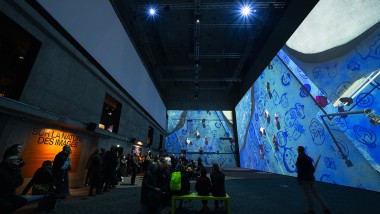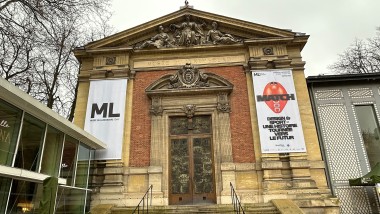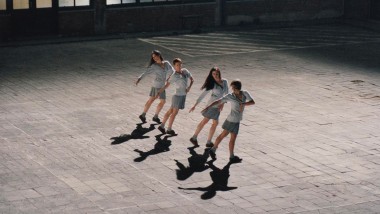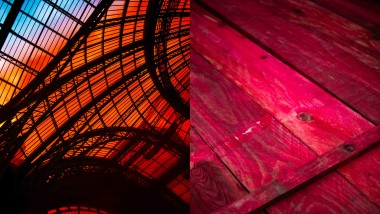
Impressionism
A movement born out of criticism
Although it is universally admired today, Impressionism was initially synonymous with scandal. Its proponents were at first excluded from the official exhibition, with the panel of judges rejecting both the non-academic brushwork and the excessive modernity of the subjects. That is why these young artists, supported by the dealer Paul Durand-Ruel, chose to promote their works themselves. From 1874, they formed an Anonymous Cooperative Society which organized free exhibitions up until 1886.
Their first exhibition opened its doors in 1874 at the studio of the photographer Nadar in Paris. It displayed works by Eugène Boudin, Edgar Degas, Paul Cézanne, Armand Guillaumin, Auguste Renoir and Alfred Sisley. The title of one of the canvasses exhibited, Impression, Rising Sun by Claude Monet, led the Charivari critic Louis Leroy, to title his article "The Impressionists Exhibition”, thereby unknowingly naming this new movement.
The Impressionists independently revolutionized the traditional rules of painting. They applied themselves to translating what they saw, without embellishment. Like the Romantics, they showed interest exclusively in transient phenomena and transformations in the landscape. In this respect, their desire to capture the moment by developing a soft focus is certainly not unrelated to the contemporary growth in photography. The influence of Japanese prints can also be felt, both in the taste for completely new framing and bold brightness of colours.
To represent their sensations, these artists invented a new way of painting: they juxtaposed touches of colour that the eye recreates from a distance. They made light the essential element of their painting and concentrated on the movement of characters painted from life. Transformations in nature, the movements of air and light, the ever-changing spectacle of cities with their crowds, their streets and their entertainments constituted their main source of inspiration.
Landscape art
Most Impressionists were particularly attached to landscapes, a genre which had been back in fashion since 1817, the year in which a Prix de Rome scholarship was created for historical landscapes. This form of painting developed with an increasingly widespread practice: working outdoors. Impressionists were the most adept at this. Wanting to transcribe their impressions onto canvass in as realistic a way as possible, they left their studios to paint their subjects directly, thereby abandoning any effort to rearrange the composition.
Along with rural landscapes, maritime and aquatic themes were also favourite subjects highly cherished by the movement’s painters. Towards the end of the 1870s, they showed a particular fondness for the banks of the Seine and the beaches of Normandy. Interested in the shift in perception of things caused by gradual changes in light, Claude Monet developed painting in series, in which he endlessly represented the same scene (mills, Rouen cathedral, etc) at various times of day.
The spectacle of modern life
Contrary to perceived ideas, Impressionist themes are not limited to pastoral landscapes and bucolic visions of nature. At the same time, the Impressionists also occupied the urban landscape. Undoubtedly more than other movements, their work deals with the urban transformations of Haussmann’s Paris. In 1877, for instance, at the third joint exhibition Monet presented the famous series he produced devoted to the Gare Saint-Lazare. The Impressionists also depicted the charms of modern life in joyous working-class scenes (Auguste Renoir, Ball at the Moulin de la Galette, 1876).
The exhibition of 1886 officially marked the end of Impressionism as a formal movement, which did not prevent later works being stylistically very close. After this date, each artist followed their own path, leaving behind the memory of exhibitions which were among the most important events in 19th-century art history.


Design goes the extra mile for sport! The trailer for the next exhibition at the Musée du Luxembourg
Article - 11 March 2024
‘Rosas Danst Rosas', A contemporary dance by Anne Teresa De Keersmaeker in response to Stein
Article - 24 January 2024

